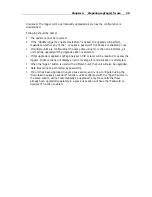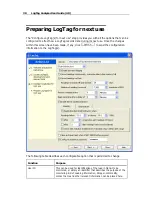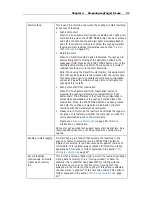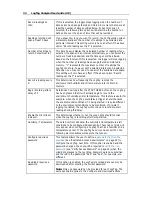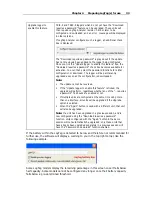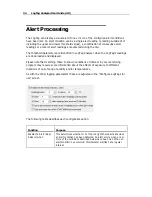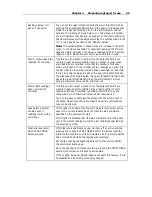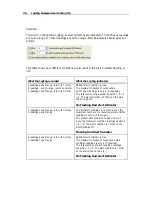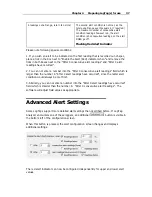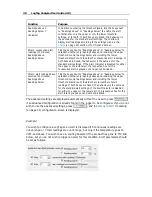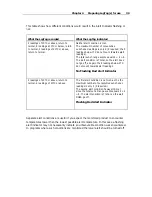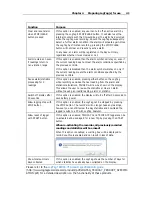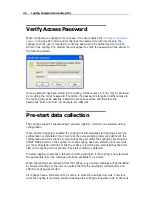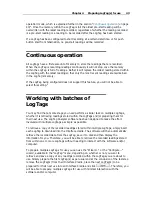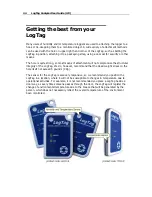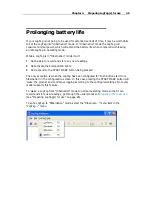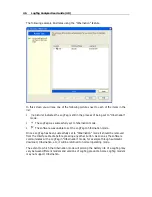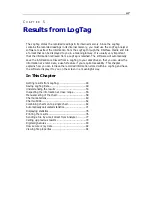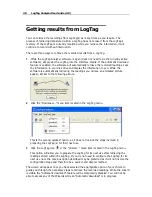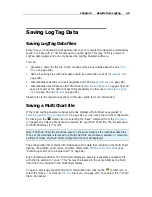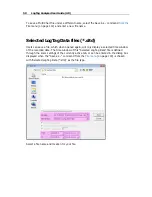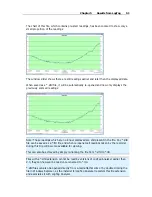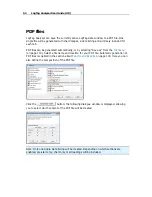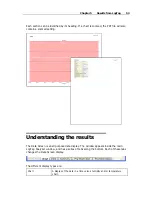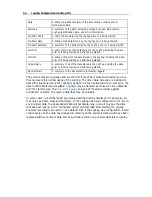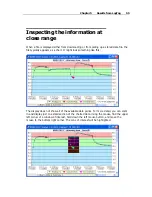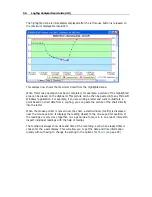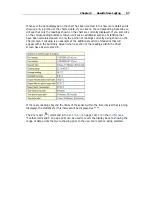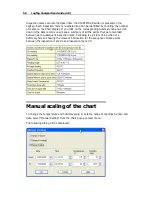
Chapter 4 Preparing LogTag(s) for use
43
operation' mode, which is explained further in the section "
Continuous operation
(on page
43)". Once the memory within the LogTag is full the oldest pre-start reading will be
overwritten with the latest reading recorded, regardless of whether the reading recorded
is a pre-start reading or a reading to be recorded after the LogTag has been started.
If a LogTag has been configured to start recording at a certain date/time, or for push
button start from hibernation, no pre-start readings will be recorded.
Continuous operation
All LogTags have a finite amount of memory to store the readings that are recorded.
When the LogTag is recording readings continuously it will not stop once the memory
within the LogTag is full of readings. Rather it will replace the oldest reading stored within
the LogTag with the latest reading so that only the most recent readings are maintained
in the LogTag's memory.
If the LogTag being configured does not support this feature, you will not be able to
select this setting.”
Working with batches of
LogTags
You may find that at some stage you need perform a similar task on multiple LogTags,
whether it is retrieving readings stored within the LogTags and/or preparing them for
their next use. The LogTag Analyzer software has been designed to make the effort
involved with multiple LogTags as simple as possible.
To retrieve a copy of the recorded readings stored within multiple LogTags, simply insert
each LogTag to download into the Interface cradle. The software will then automatically
retrieve the recorded data from the LogTag, save it to disk and then display the
information for you. Therefore, you will be able to retrieve the recorded readings stored
from within one or more LogTags without needing to interact with the software and/or
computer.
To prepare multiple LogTags for use you can use the "Wizard..." or the "Configure..."
wizard, available in the "LogTag" menu, depending on whether or not you want to
retrieve and save a copy of any readings recorded within the LogTags you are about to
use. Simply prepare the first LogTag(s) as per usual and at the conclusion of the last step
remove the LogTag(s) from their Interface Cradle, place the next LogTag(s) to be
prepared for their next use into an Interface Cradle and click
. Therefore, you
will be able to prepare multiple LogTags for use with minimal interaction with the
software and/or computer.
Содержание Analyzer
Страница 1: ...2 0...
Страница 23: ...Chapter 3 Quick Start Guide 23 Only flashes if no alert condition is present...
Страница 170: ......

